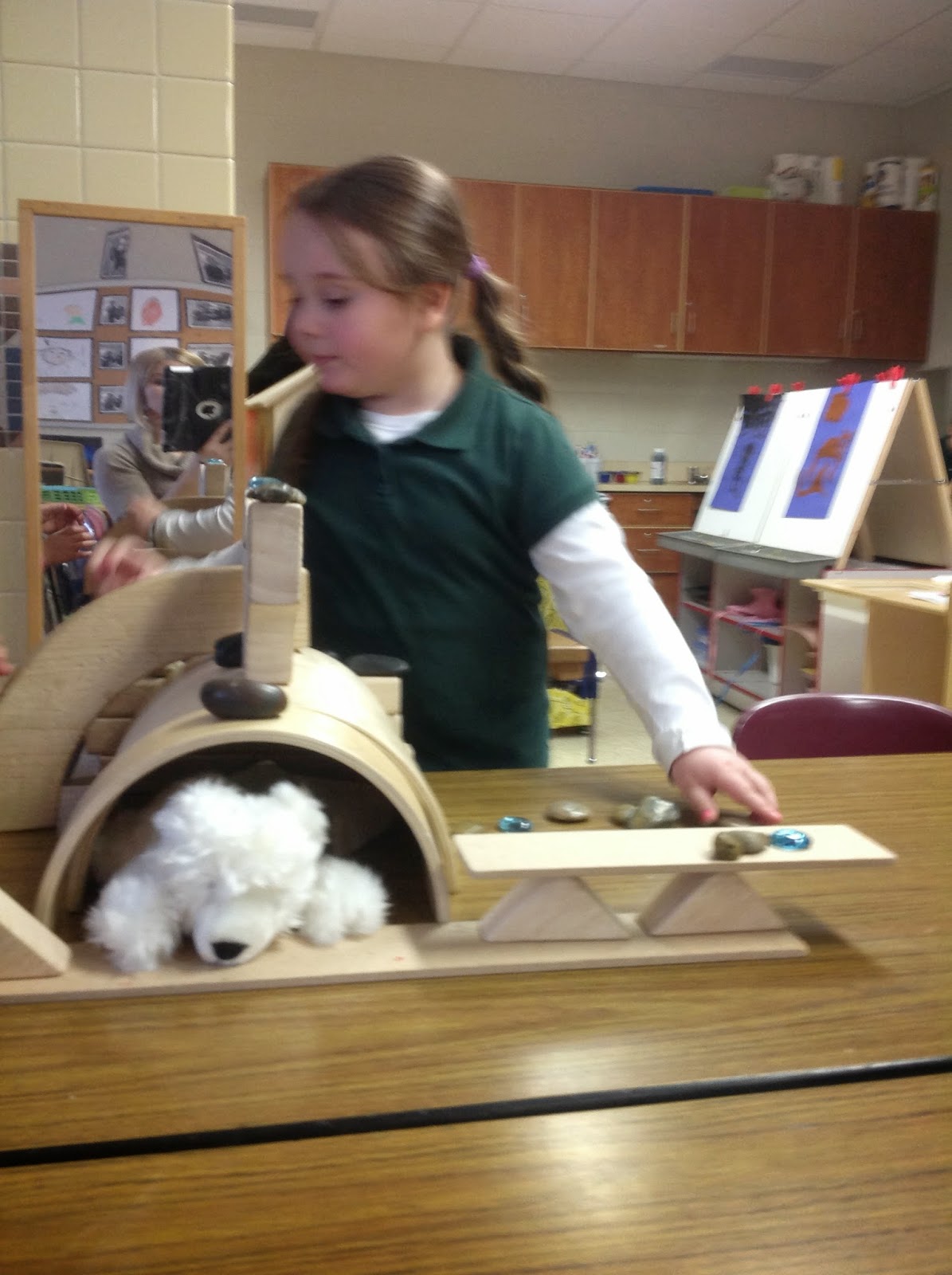Where do animals go in the Winter?
Wednesday, January 14, 2015
Students are reading about and discussing Winter. We have read the stories The Mitten, The Hat, Every Season, and Warm Clothes. They created a web about Winter, discussed hibernating, student M said hibernating is when animals sleep in the winter. They talked about the words cold, freezing, snow, ice, mittens, gloves, boots, hats, snow pants, and a coat.
Student then identify the clothing in pictures that was needed to keep them warm when they are outside. We were able to put them in the order they should get dressed to go outside. We talked about animals wearing clothes like in the story and student J said Animals do not wear clothes people do!
They were able to recall the story The Hat by Jan Brett. Student J said They go places to stay warm.
This is when are discussion began about where animals go in the winter and how they are able to keep warm. Students then read the story Sleep, Bear Sleep. We identified the different animals in the winter and where they went. Students discovered that some animals sleep in a cave, den and a burrow. They were excited to talk about a bear sleeping.
Student A said I made him a cave to stay warm and the rocks around the cave are fish in case he gets hungry!
Student R said We made a home for the bear and a dog. I made a ramp from them to climb in so they can get in and out.
Students M and Z said Our bear is hibernating because it is cold and winter. The front has a shower and the rocks are the water. His name is Freddie he likes to eat fish and berries, oh and honey! The rocks on the bottom by the cave are fish for Freddie to eat.
Student A said: My bear is sleeping in his cave!

























